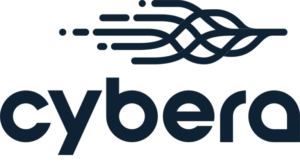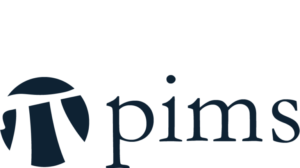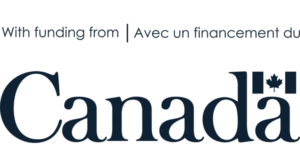Lesson Plans
Below are lesson plans to solve a variety of problems (including TED-Ed Riddles) using Python code in Jupyter notebooks. For each problem, there are three resources:
- Teacher lesson plan (how to introduce and teach the problem)
- Teacher Jupyter notebook (including instructions)
- Student Jupyter notebook
Haven’t used a Callysto learning module before? Go to our Get Started guide before you begin.
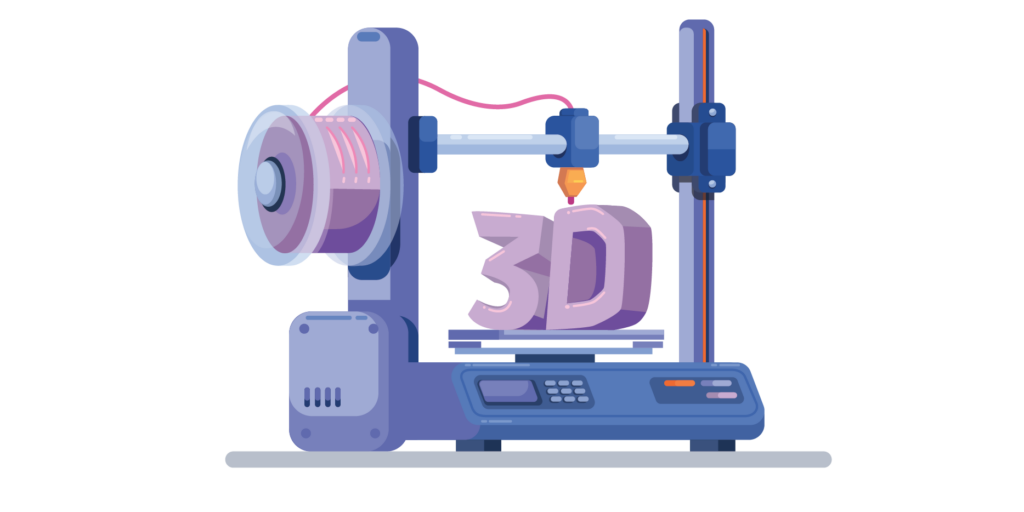
3D printing from math equations
Suggested grade levels: 5-12
This lesson plan is designed to guide students in designing their own 3D models and preparing the files for printing on a 3D printer.
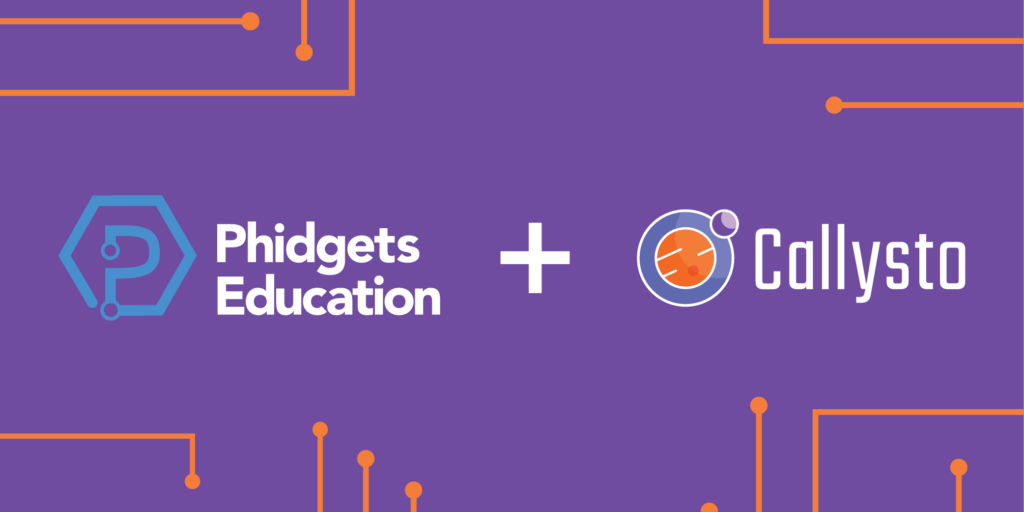
Phidgets Plant Kit and Data Collection
Suggested grade levels: 6-9
This lesson plan introduces hands-on data analysis centered around the Phidgets Plant kit. The kit's smart watering system uses sensors to track humidity, light, temperature, and moisture, enabling students to apply real-world data science skills.
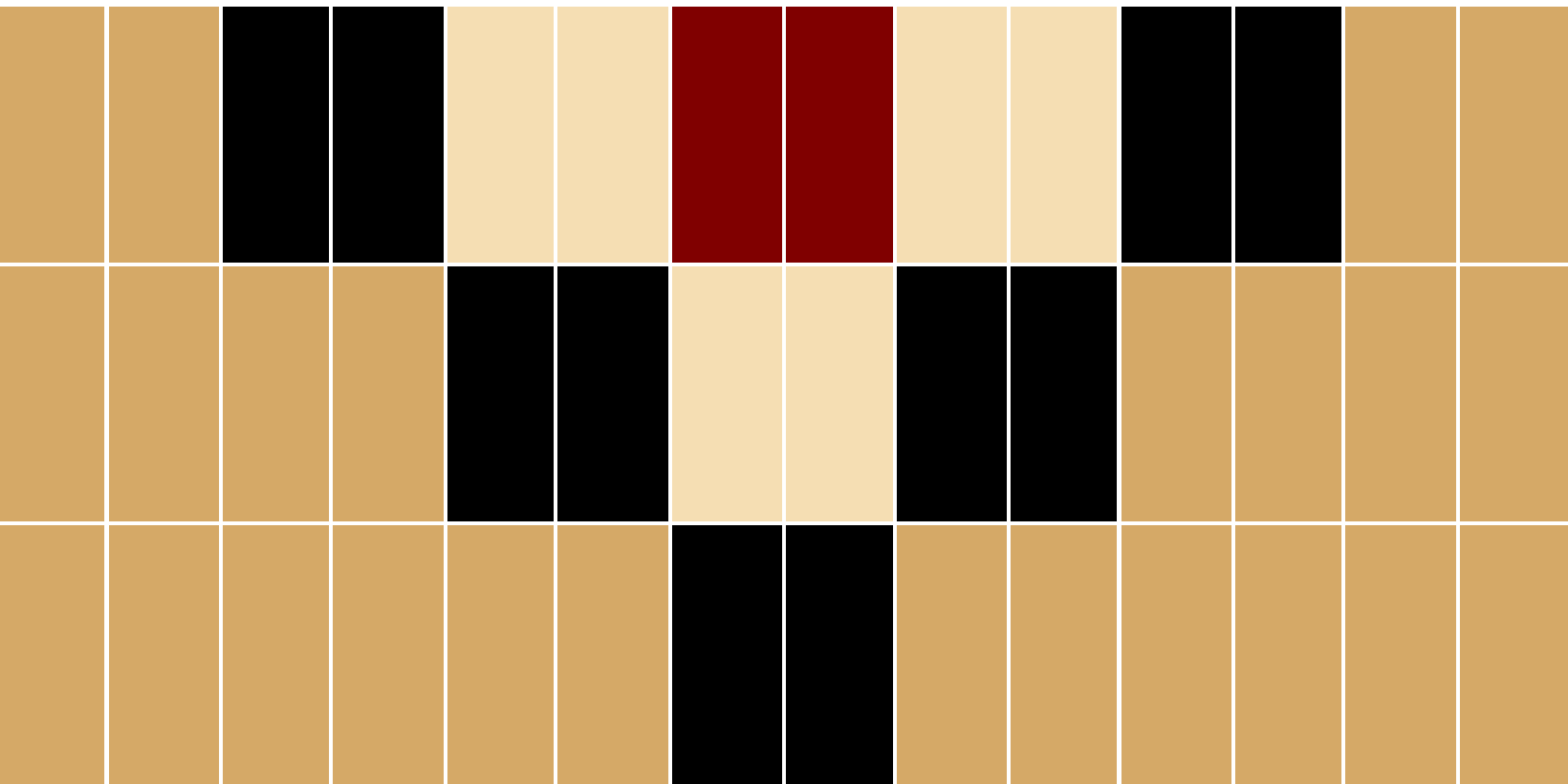
Coast Salish Baskets
Suggested grade levels: 5-12
Coast Salish baskets hold significant importance within Indigenous communities, serving multifunctional roles in storage, transportation, trade, and ceremonial contexts. In this notebook, students will learn about and explore the patterns (motifs) in these woven baskets and will be introduced to the mathematical and coding formulas required to create these patterns.

Open Parliament
Suggested grade levels: 5-12
The Open Parliament notebook explores the extensive collection of Canadian parliamentary discussions known as the Hansard. This transcript serves as a meticulous record, capturing the intricate deliberations and debates that unfold within the chambers of the Canadian Parliament.

Indigenous Populations in Canada
Suggested grade levels: 5-12
The Indigenous Populations in Canada notebook employs data science to investigate the current distribution of Indigenous Lands in the Americas, as well as the geographic locations of First Nations people at the time of contact with Europeans. Students will develop a better understanding of the complexities involved in interpreting and evaluating historical data.
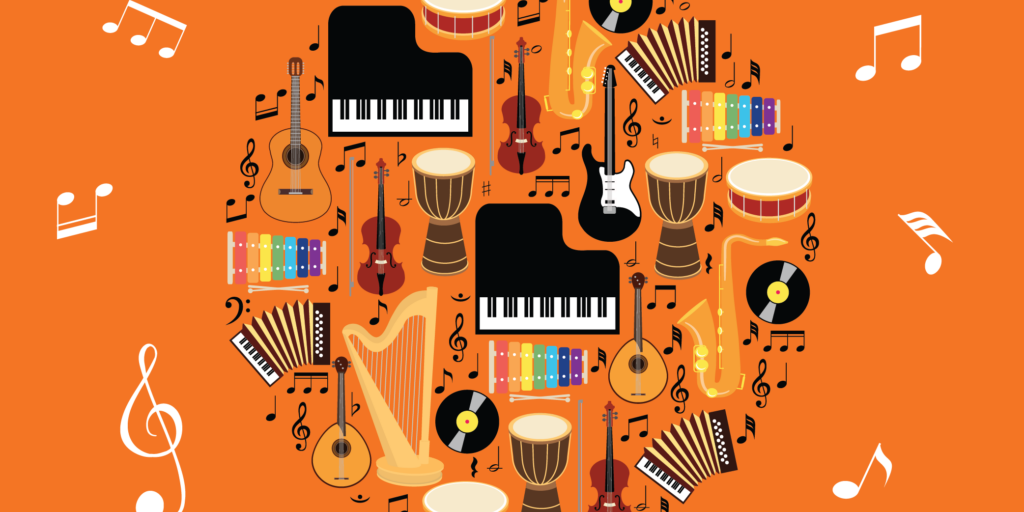
Physics of Music
Suggested grade levels: 7-12
The Physics of Music notebook explores what makes a sound appear musical, the physics of sound waves and musical instruments, and how sounds are created on a computer. Students will explore these in an interactive coding environment and simulate musical instruments in Python.

Phidgets in the Classroom
Suggested grade levels: 5-12
Phidgets are a collection of hardware sensors that teachers and students can use to learn about programming with real physical devices. The phidgets in the classroom lesson plan incorporates the phidgets starter kit, which includes buttons, lights, and a temperature/humidity sensor, that students can access through a Jupyter notebook.

Physics of Sound
Suggested grade levels: 8-12
The Physics of Sound notebook introduces students to three key characteristics of sound - amplitude, pitch, and timbre. Students will explore these characteristics in an interactive coding environment. They will generate code to perform a hearing test to identify the range of frequencies their ears can detect.

Health Data Privacy: A Locked Room Challenge
Suggested grade levels: 8-12
Students are introduced to real-world examples of common uses of personal data, from the good to the bad. Students will engage in an activity similar to a virtual ‘locked room’, where they will discover the clues to the next stages by utilizing basic data science skills.

Amphibians and Algorithms
Suggest grade levels: 4-8
There are a group of frogs hanging out on a log. Students need to figure out to move one group of frogs on the left-hand side of the log, and another group to the right-hand side of the log.

Introduction to Data Science with COVID-19
Suggested grade levels: 5-12
Using online data about the COVID-19 pandemic to learn about data manipulation and create graphs and other visualizations.

Escape Zombies with Patterns
Suggested grade levels: 7-9
Students need to use patterns to help four characters escape a zombie attack. The escape route is a rickety bridge that can only support two people at a time. The zombies arrive in 17 minutes.

Soccer Analytics
Suggested grade levels: 7-9
Explore, analyze, and interpret data related to the UEFA Champions League 2020 - 2021 season using mathematical reasoning and critical thinking.

Decoding Coins
Suggested grade levels: 8-10
There are 21 coins on a table; the student who takes the last coin wins. No one can skip a turn and students can only take a two coins per turn.

Calendars and Code
Suggested grade levels: 8-10
In this problem, students determine which day of week their birthday falls on for the current year. Students need to use multiple numbers and patterns to solve the problem.
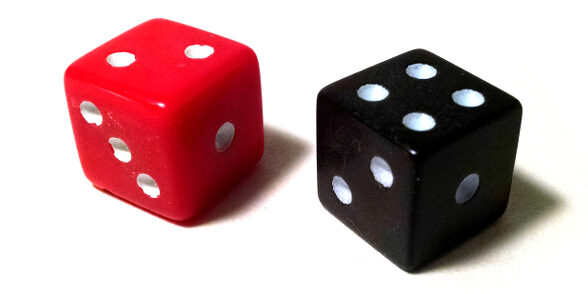
Simulating Games with Randomness – Unfair Dice
Suggested grade levels: 9-12
Two players competing for the same resources. Game seems rigged. Students explore a live simulation of the game, to calculate how to balance the game for everyone involved. This lesson plan also comes with a hands-on version.
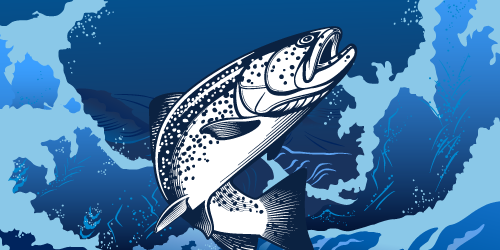
Modelling of Northern Coast Salish Fish Traps
Suggested grade levels: 9-12
In this notebook, students will learn to identify elements of traditional Northern Coast Salish fish traps and create data visualizations (such as line plots and pie charts) to identify when to harvest fish.
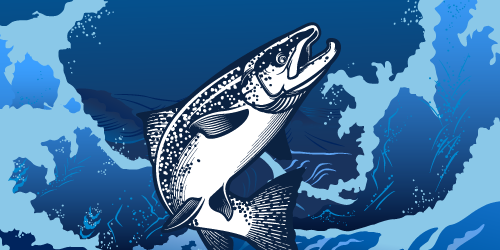
Modelling the Impact of Fish Harvesting
Suggested grade levels: 9-12
Students will learn how to apply a math model to understand the impact of fish harvesting on the life cycle of pink salmon. This module may be used to facilitate a discussion about two different approaches to harvesting fish: traditional Northern Coast Salish using fish traps, and industrial fishing using modern techniques.

Modelling the COVID-19 Outbreak in Canada
Suggested grade levels: 9-12
Students will learn how to use mathematics to explore a model of the COVID-19 outbreak in Canada. From there, they’ll compare the model against data from COVID-19 confirmed cases in Canada using graphs.
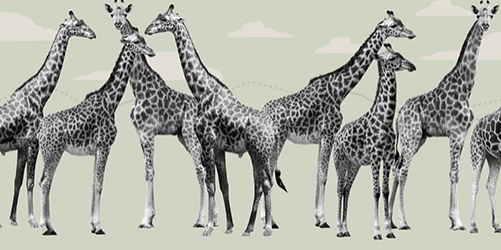
Form and Function(s): A Sustainable Design Meets Computation
Suggested grade levels: 11-12
When Architecture, the Natural Sciences, Mathematics and Computing intermingle something beautiful and purposeful occurs. Through this course of study students are challenged to think computationally by considering the notion of “design” through three perspectives on form and function.
STAY IN THE KNOW
Stay up to date with all things Callysto by subscribing to our newsletter.

